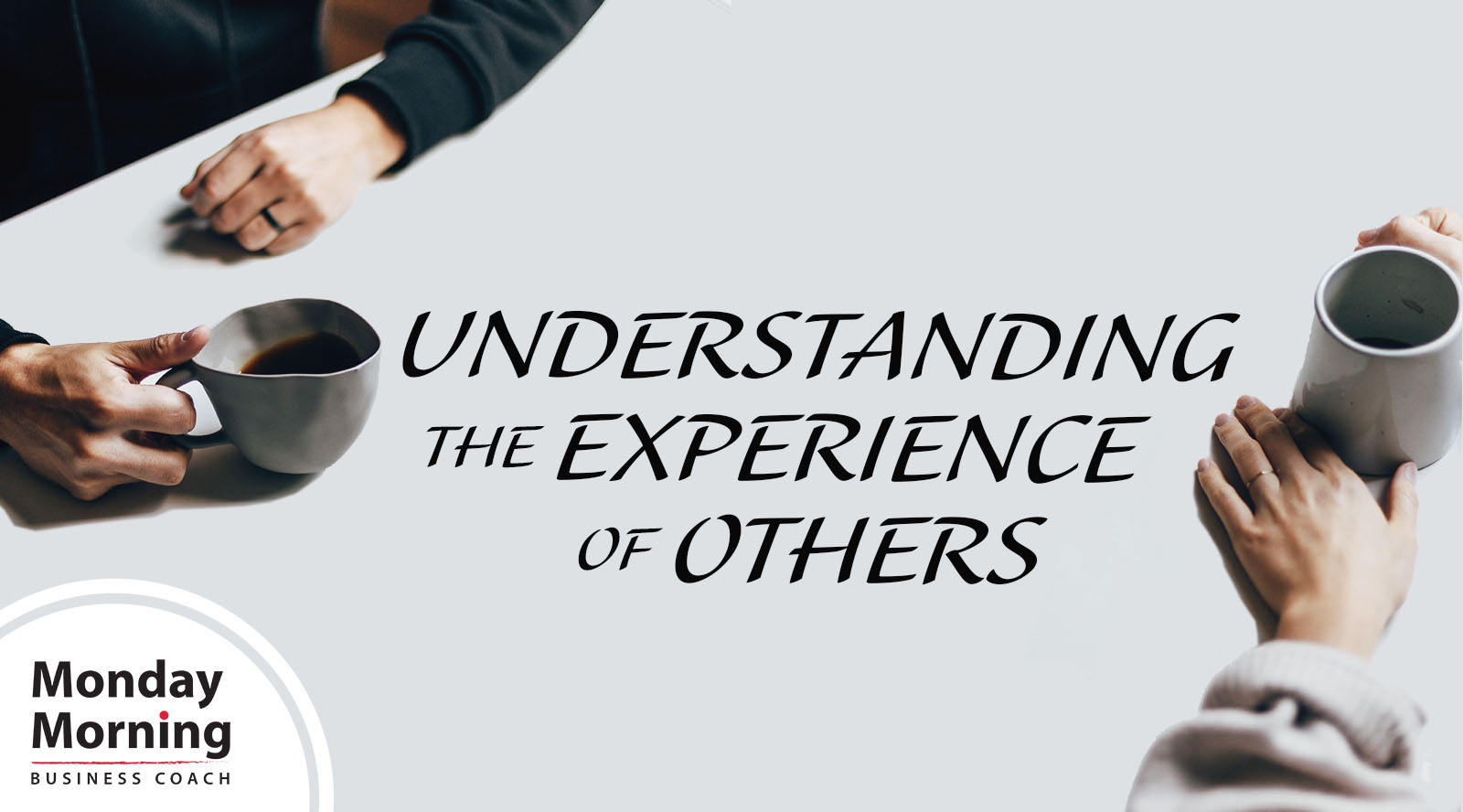Last week, in OK, I’ve Paused…Now What? we talked about how the second step in our leadership model, The Leader in You®, can support your emotional agility. Emotional agility supports the creation of psychological safety and is critical to managing your own stress.
After Pausing, it’s powerful to go deeper
in understanding what is going on inside of you
and inside the people you are involved with.
in understanding what is going on inside of you
and inside the people you are involved with.
Last week, we talked about the three questions you can ask to more fully understand your experience and to move toward taking action at your best.
This week, we want to go through those same three questions as they apply to others in your world, and we add a fourth question that guides your leadership.
To understand more about others, to build empathy for their experience, and understand how to move forward, ask yourself:
What are they afraid of in this situation?
- Now, in some cases, you may actually know the answer to this question; but in many cases, you will be guessing. Guessing is good. Guessing suggests you care enough to understand what may be going on in the people you are trying to influence and lead.
- Try to think about the person and what you know about them (or the group and what you know about them). What would they most likely be afraid of in this situation? What would be creating a sense of fear or threat in their brains?
Change creates threat – new leaders, layoffs, performance feedback, difficult working relationships, and differences of opinion. Many things, big and small, can create fear, and fear never brings out the best in people. So, as a leader, you want to try to understand the fear and try to decrease it.
What do they typically do when they feel that way?
- Again, this may be a guess; but if it’s someone you have known for a while or worked with over time, you have a sense of what they do when stressed and afraid. Note it. Expect it. It can help you assess when fear is in play.
What do they do when they feel safe and at their best?
- This may be a guess as well; but if you have a history with the person or people, you may know exactly what they need. If not, think about what you believe helps people feel safe. Think of family and friends. How does their behavior and attitude change when they feel safe? How might you expect safety to show up in the person you are reflecting on?
What can you do to help them feel safe and at their best?
- And, here is the game changer. As a leader, you want to consider how you might help the people you are in relationship with or leading feel safe and at their best. If they feel safe, you are more likely to get them at their best.
Some leaders mistakenly believe that when people are afraid they work harder. We know that when people are afraid they comply and they follow the rules, but they don’t bring their A-game. They don’t innovate as effectively, and they don’t live in or contribute to a culture of psychological safety.
In an earlier post, we shared that in 2015, Google, in its research to try to build great teams, launched Aristotle Project. They found that after looking at hundreds of teams, considering background, work experience, role and tile, education, and content expertise, the most powerful and effective teams were those with psychological safety.
These are stressful times. Stress takes its toll on all of us. Stress creates a feeling of fear and threat. Fear and threat do not bring out the best in you, your colleagues, your family, or your world. It does not bring out the best in any of us.
This week, explore these questions as you think about your boss, your peers, your direct reports, your partner or spouse, and your kids. The Leader in You® is designed to support you as you lead your life and your world.
Let us know how it goes.
Executive coaching can support you
in developing the Leader in You®.
Contact us today to make an appointment.
in developing the Leader in You®.
Contact us today to make an appointment.

